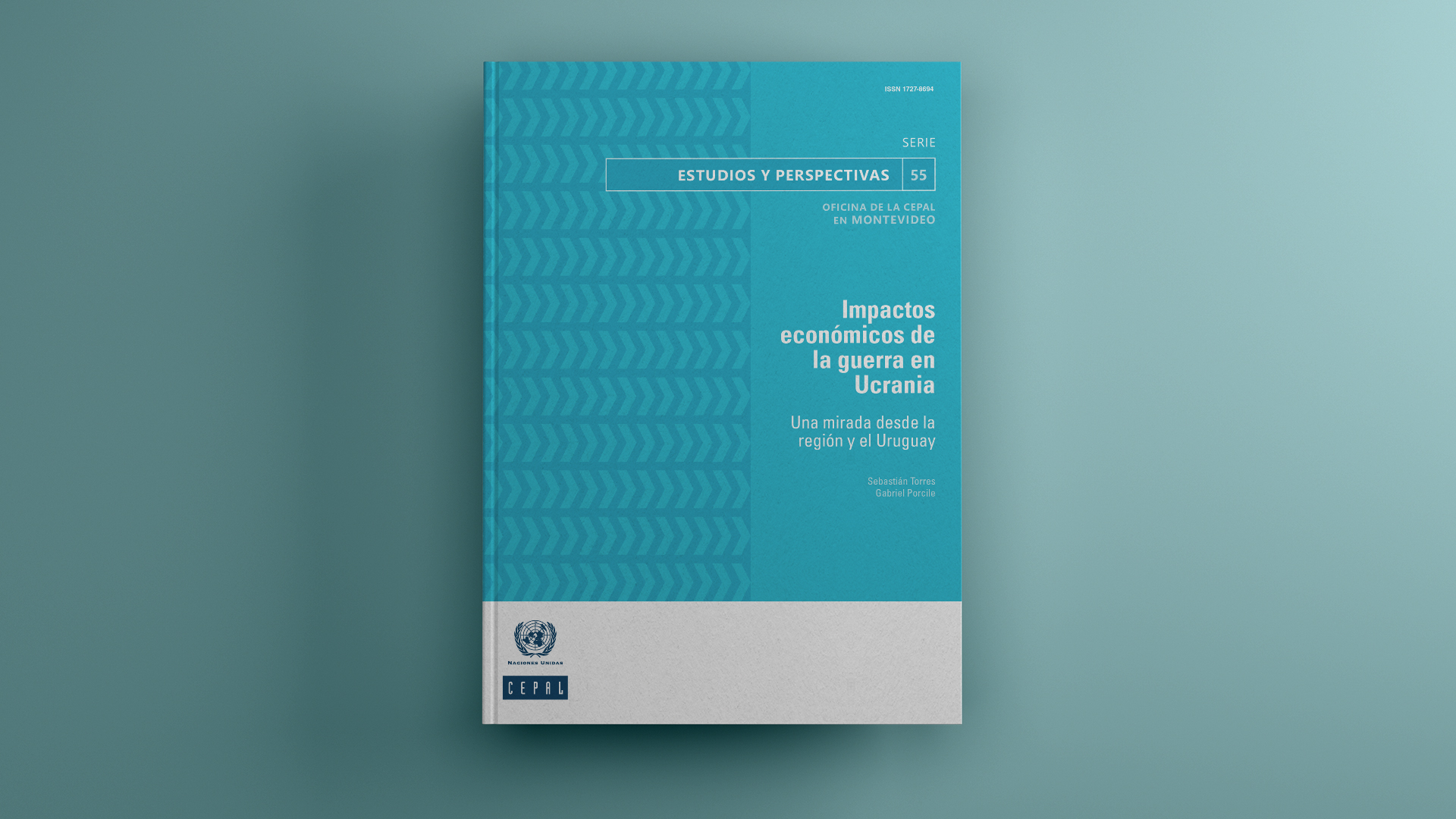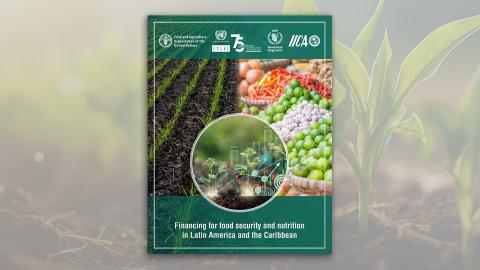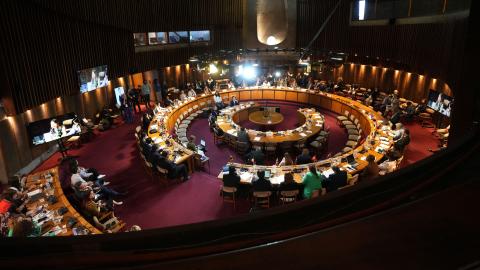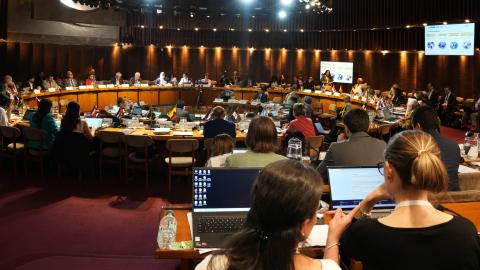Press Release
What impact has the war in Ukraine had on the Uruguayan economy? A new publication of the Studies and Perspectives Series of ECLAC’s Office in Montevideo analyzes these precise effects.
The study entitled Economic Impacts of the War in Ukraine: A View from the Region and Uruguay (in Spanish only) verifies initially that this war represents a crisis of major proportions that overlaps with others that are also very significant, such as the financial crisis of 2008 and the pandemic crisis – which constitute what ECLAC has called a “cascade of crises.” As a result, the world and Latin America and the Caribbean in particular have seen their GDP and trade growth rates fall, and they are experiencing high levels of inflation that had not been seen for a long time, especially in developed countries. Although components of demand play a role, inflation is especially being stoked by elements on the supply side, associated with the disruption of value chains, transportation costs, and energy and food supply shocks.
Looking ahead, we can envision a more fragmented, more uncertain world, with more resources spent on security in comparison with what is allocated to development, the document indicates. Latin America and the Caribbean must strengthen regional integration and its voice to reduce these conflicts and find greater space for their development policies. There are global threats that mean cooperation must prevail over geopolitical competition, the publication emphasizes.
In Uruguay, the crises and the increase in inflation had an impact on poverty. The National Institute of Statistics (INE) observes that during the first half of 2022, poverty in the country was estimated at 10.7%, two points higher than the year prior to the pandemic, which means that 380,000 Uruguayans were living below the poverty line. This poverty level is two percentage points higher than what was recorded in 2019 (8.6%), and lower than what was estimated for 2020 (11.8%).
The war’s effects on Uruguayan exports to Russia and Ukraine have been relatively limited since trade with these countries is not significant, the report adds. Data from Uruguay XXI indicates that in 2021 these destinations represented 1.2% and 0.01%, respectively, of Uruguay’s total sales abroad. In the last decade, the Russian Federation lost relevance as a destination for Uruguayan exports, dropping from $400 million dollars in 2011 to $118 million in 2021 (ranking 13th as a destination market).
The publication warns that the war’s net effect on Uruguay’s terms of trade has been negative. The favorable aspect was the increase in exports. Data from Uruguay’s Central Bank shows that in the accumulated first nine months of 2022, goods exports (including free-trade zones) grew by nearly 31%, totaling $10.423 billion dollars. This dynamism in sales is centered on beef, wood pulp and soybeans, and can be attributed largely to the impact of favorable prices for these goods, in addition to favorable prices for milk and wheat. Working in the opposite direction were higher fuel and fertilizer costs, to the point where Uruguay’s terms of trade fell by 1.8% in the second quarter of 2022 in comparison with the first quarter of 2021, and sank by 8.9% in the year-on-year comparison.
Finally, the document indicates that the resurgence of inflation and the interest rate hikes in the world’s major economies prompted Uruguay’s Central Bank to raise its benchmark interest rate. This increase, in combination with more restrictive fiscal policy, could jeopardize the economy’s dynamism next year.



